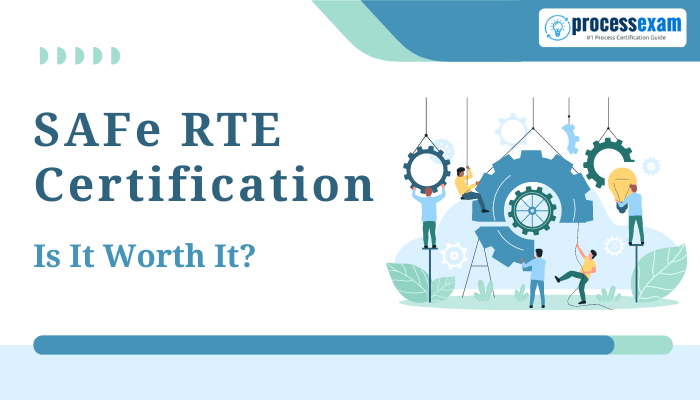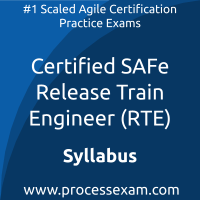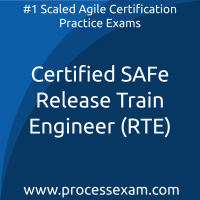
The SAFe Release Train Engineer (RTE) certification is a highly sought-after credential for professionals navigating the complex landscape of Agile. An RTE serves as a servant leader and coach, guiding Agile Release Trains (ARTs) to success and ensuring the smooth execution of Program Increment (PI) Planning. For many Agile practitioners, the SAFe RTE certification validates their ability to coordinate large-scale Agile programs and facilitate Lean-Agile practices across teams.
But how do you determine if SAFe RTE certification is the right path for your career? In this guide, we’ll break down the key aspects of the RTE role, exam details, preparation strategies, and the benefits of obtaining this certification.
Why SAFe RTE Certification is Trending in Agile?
With the increasing adoption of SAFe (Scaled Agile Framework) by organizations worldwide, the role of a Release Train Engineer has gained prominence. RTEs are instrumental in managing Agile Release Trains, which are responsible for delivering complex solutions involving multiple teams. As companies embrace digital transformation, the demand for skilled RTEs is on the rise.

 You have to pass the RTE exam to receive the certification from SAFe. To increase the effectiveness of your study and make you familiar with the actual exam pattern, we have prepared this SAFe Release Train Engineer sample questions. Our
You have to pass the RTE exam to receive the certification from SAFe. To increase the effectiveness of your study and make you familiar with the actual exam pattern, we have prepared this SAFe Release Train Engineer sample questions. Our  To achieve the professional designation of SAFe Release Train Engineer from the SAFe, candidates must clear the RTE Exam with the minimum cut-off score. For those who wish to pass the SAFe Release Train Engineer certification exam with good percentage, please take a look at the following reference document detailing what should be included in SAFe Release Train Engineer Exam preparation.
To achieve the professional designation of SAFe Release Train Engineer from the SAFe, candidates must clear the RTE Exam with the minimum cut-off score. For those who wish to pass the SAFe Release Train Engineer certification exam with good percentage, please take a look at the following reference document detailing what should be included in SAFe Release Train Engineer Exam preparation. You can easily pass
You can easily pass